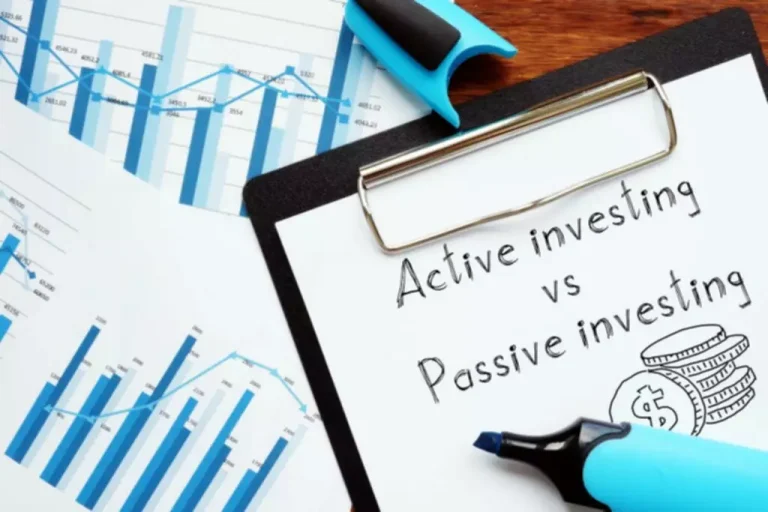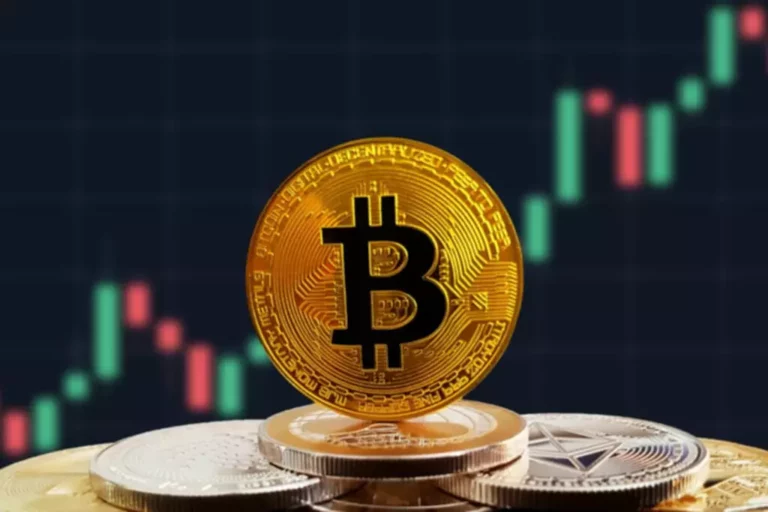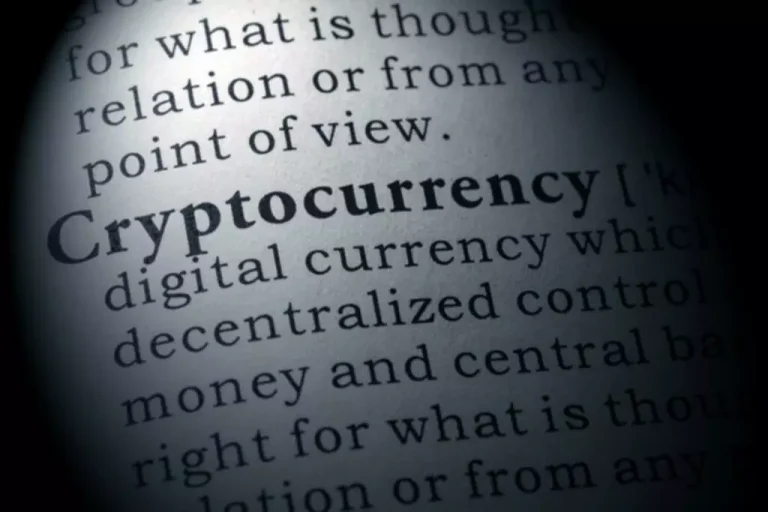When banks and other LPs receive these toxic flow, their trade rejection rates are higher. Some of your trades will be rejected by the banks or LPs (known as ‘last look’) and you will receive a worse price, because you will be filled at the next best price. There are trade analysis software out there which can predict whether a trader is worth B booking. An intermediate comparative analysis for three major NDD models (I will not include DD and B-Book models without passing orders to the external market) is presented in the table below.
The broker replicated its customer’s trade with an LP in the institutional FX market. Let’s see a trade example of how a broker would offload its risk. The broker’s position against the LP is known as a “cover position” or “hedge”. The broker wishes to offload or hedge its market risk to another market participant in the institutional FX market. May sound crazy, but that’s how the inner workings of the brokerage industry operate. They obviously want your trading account to be active – they don’t care if you are winning or losing; all they want is that your trading volume will be as high.
That is, the A-Book broker can’t compete with the B-Book one in terms of costs. Traders, in turn, do not really understand all these models, preferring more favorable conditions, thereby encouraging the activity of such kitchens. Milena Moon is the head of media projects in the marketing department of the B2Broker Group.

But don’t forget about unanticipated events, which occur on a regular basis and cause B-book brokers to incur massive losses, often for many months at a time. This model is somewhat https://www.xcritical.com/ similar to the one used by betting companies, i.e., the liquidity provider/supplier is the broker himself. Applying this, the Forex broker earns only on losing traders’ positions.
Binance and CEO Zhao Plead Guilty in Major Money Laundering Case
A liquidity pool comprises of a number of entities acting as a counterpart to the trades flowing out from your forex broker. Conversely, in the STP model, the trader has to match the offer of a particular liquidity provider (only the one with which the broker has an agreement). Each broker can work with an unlimited number of aggregators and liquidity providers. The terms of the partnership will depend on the order execution speed, spread, and commission. There are several flaws in this scheme, which are easier to show with examples. DD brokers, market makers, Dealing Desk brokers – all these mean the same counterparty, which takes the other side of the client’s trade, executing almost all the trades with its internal system.
Moreover, the A-Book and B-Book models utilize different technologies of order execution, depending on the sub-type, MM, NDD, STP, ECN, DMA, MTF. It is essential to understand the difference between different types of Forex brokers to succeed in trading. As you can see, Elsa’s trade ended up with a big loss, which means the broker ended up with an equivalent gain. But…the A-Book broker ended up with a profit against the LP, who ended up with an equivalent loss.

This means that if a broker’s revenue model is based solely on the profits it makes from traders’ losses, it is likely a b book broker. In conclusion, identifying a b book broker in forex can be difficult, but there are a few key indicators that traders can look out for. Traders should pay attention to the broker’s business model, trading accounts, trading conditions, regulatory status, and reputation to determine whether they are a b book broker or not. By doing their due diligence and choosing a reputable broker, traders can help to protect themselves from the risks posed by b book brokers and other fraudulent entities in the forex market. A B-book broker in the world of financial trading is a type of brokerage firm that handles client trades differently from traditional A-book brokers. When you trade with a B-book broker they typically do not pass your orders directly to the market but instead take the opposite side of your trades effectively betting against you.
Strategies to Get Paid Big in Forex Trading
Bigger players in the Forex market include corporations, banks, and financial service providers — which makes this marketplace an integral piece of today’s global economy. It is estimated that more than 6 trillion US dollars are traded on the foreign exchange market every day. In fact, Forex brokers manage only a small percentage of this industry. The majority of Forex trades take place between currency pairs from the G10 nations, which are the most economically developed countries. The most common currency pairs traded are the US dollar, euro, pound sterling, Japanese yen, and Swiss franc. Most of these currencies are also known as “safe havens.”
The trading process involves a trader purchasing a currency pair and selling it back to close the order.
We come to the conclusion that none of the plans can be considered a cure for loss. After considering your company objectives and strategies, you must pick which business model is best for you to implement. A similar argument may be made for traders who choose their broker. The good news is that none of this is relevant when trading with a purely A book broker. Liquidity providers like the balanced flow of an A book broker and they are much less likely to reject your trades. Identifying a b book broker can be tricky, as many brokers do not openly advertise that they operate using this model.
Potentially Higher Trading Costs
If the client makes money, the broker loses it, and vice versa. Fraud, stop-outs, withdrawal requests for a bigger amount than available equity, mismatch of payment details, problems with payment systems, KYC/AML non-compliance and a lot of other problems. Thus, one request could take 5 days, 10 days, or two weeks to get approved.

I will explain A-Book and B-Book models, the difference between them, and why the B-Book is not always bad. You will also learn the difference between DD and NDD brokers and get acquainted with NDD order processing sub- types – STP, ECN, DMA, and MTF. Traders who opt for A-Book brokers can benefit from several advantages. Firstly, the transparency of their operations assures traders that there are no conflicts of interest or market manipulation. Neither A-Book nor B-Book model guarantees a successful business or a profitable trade.
Or maybe you’ve been debating which of these models to use for your own brokerage firm. The answer to this depends on what you are looking for as a trader. For example, if you were based in a time zone where your start of business day usually means that the rest of the world is sleeping, a B book forex broker that offers fixed spreads is a better solution. As the forex market continues to grow in popularity, the need for brokers who can help traders navigate the market has also increased. While there are many legitimate forex brokers out there, there are also a number of scammers and fraudsters who are looking to take advantage of inexperienced traders.
As a result, there is zero slippage, and news breakouts can be very profitable. This is called the hybrid model and it is a very popular model adopted by many of the large and popular Forex brokerages today. The challenge lies in correctly identifying losing and winning traders. Traders should be wary what is a book vs b book of brokers that are not regulated by a reputable body, as this can increase the risk of fraud or other unethical behaviour. It is a licensed, regulated broker working on the A-Book hybrid model. Traders have a choice between classic trading accounts (Classic, STP model) and professional ECN accounts.
- Deceived clients won’t remain silent and surely destroy the broker’s reputation, which is actually a key for successful operating in Forex.
- Compared with the volumes of interbank transactions, the internal volumes on the broker’s platform are too small.
- Recognizing their difference between a-book and b-book, and the ways they generate revenue is fundamental for traders aiming to make informed decisions and optimize their trading strategies.
- Each one has its own set of perks and downsides to consider.
- Each participant tries to offer the best price, and all traders get the best current Bid/Ask price.
- Faced with challenging tasks in life, I have developed the habit of thinking rationally and creatively to solve problems, which not only helps me develop as a person, but also as a professional.
In such cases, it is best to compare which of the two execution models are ideal for you. This allows you to make a more wise decision when choosing a forex broker. If a broker utilizes the B-Book model, it doesn’t necessarily mean that it is a kitchen (although such a probability is high).
This may indicate that the broker fills small transactions within its platform. In contrast, large transactions, individually or in a pool, can be transferred to the liquidity provider and then to the interbank market Forex. This is the so-called the hybrid of A-Book and B-Book models.
Assume the spread from the liquidity provider is 3 pips, your A Book broker may list it on their platform as 4 pips, guaranteeing them a 1 pip profit. The profits of the trader are equivalent to the losses of the broker. However, B book brokers today will simulate your fill against the real market, and B book you. This means that your trade is filled as if it were to be trading on an A book (with slippage), but instead of sending your trades out to their liquidity providers, they keep your trades in house. B book brokers have a conflict of interest as they take on the risk of their clients’ trades. This means that they may be motivated to trade against their clients to maximize their profits.